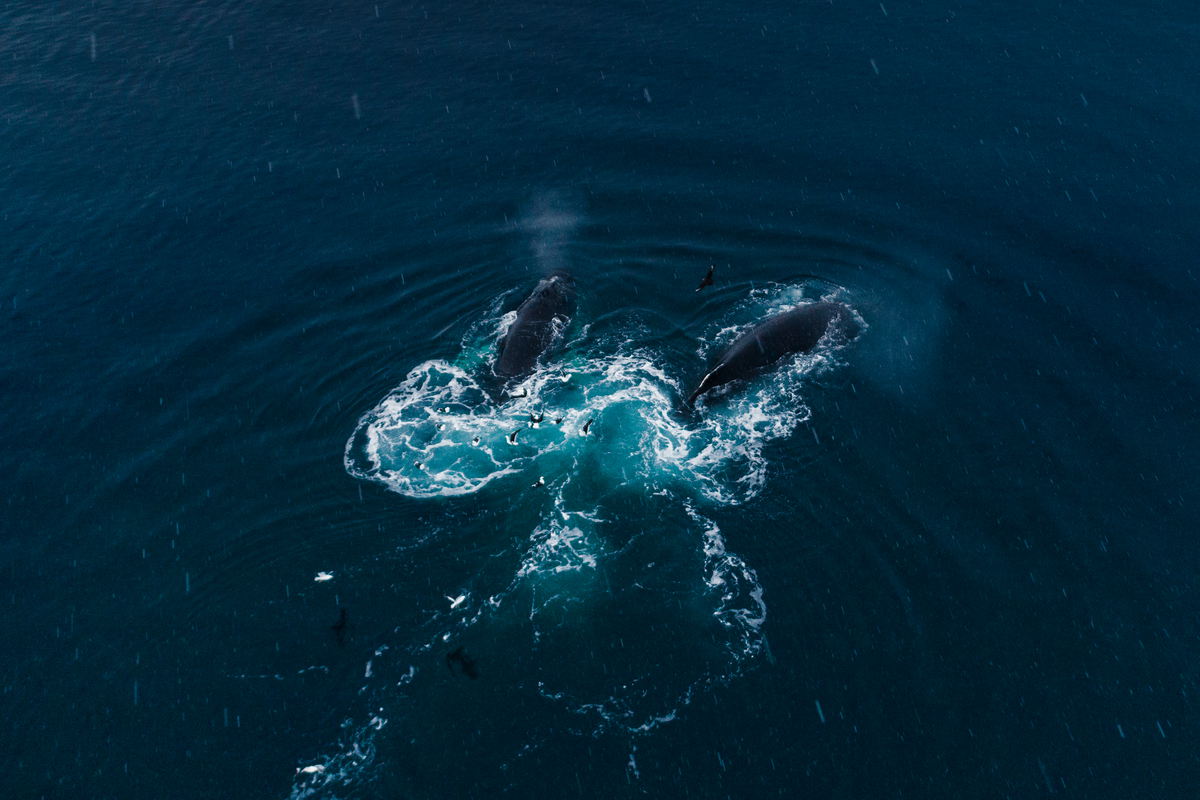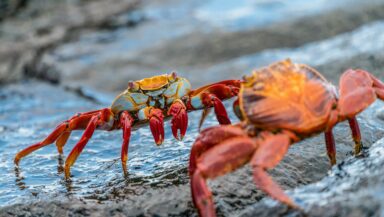Krill are tiny crustaceans found throughout the world’s oceans, not least in the Antarctic Ocean, where they’re food for whales, penguins, seals and others. But that’s not all that these amazing arthropods can do. Here’s a rundown of the most incredible facts about krill.
1. There are about 85 species of krill around the world
By far the biggest and, arguably, the most important on the planet are Antarctic krill. They can grow to a gargantuan 5-6cm long, and might live to be five years old.
2. Krill are arthropods
Being an arthropod means they have jointed bodies and lots of pairs of legs. The legs at the back end of the body are adapted for swimming, whilst those at the front are ideal for catching food.
3. Krill are able to generate their own light
They do this using a fancy ability known as bioluminescence. That basically means krill swarms are one big pulsating crustacean disco party.
4. Krill are the basis for the entire Antarctic food web
They’re eaten by penguins, seabirds, seals, fish and whales. Blue and humpback whales migrate to the Antarctic from warmer waters every year just to feast on krill. But anything in the Antarctic that doesn’t eat krill probably eats something else that does.
5. It’s easy to tell when penguins have been eating krill
Their poo turns pink!
6. Krill migrate up and down every day
They move between the safety of the depths during the day to the food-filled surface waters at night.
7. Krill have sex near the seafloor
Krill foreplay involves diving down several hundred metres first.
8. Krill swarm together in massive numbers
There can be as many as 30,000 animals in just one cubic metre of a krill swarm.

Humpback whales feeding on krill in the Antarctic © Christian Asland / Greenpeace
9. Krill might be able to lose their shells at the drop of a hat
In a neat trick to avoid predators, it’s thought that krill have the ability to spontaneously moult their shell and make a quick getaway. When times are tough they can also shrink in size, conserving energy by staying smaller when they moult shells rather than growing bigger. Because of this, you can’t tell how old a krill is just by size.
10. Krill are climate heroes
Scientists have recently discovered that krill play a vital role in capturing carbon and depositing it on the sea floor – thereby locking it up and keeping it out of the atmosphere.
So krill are awesome. They’re essential for all other life in the Antarctic Ocean, and much further afield too. But like other marine life, they’re at risk from pollution, overfishing and the climate crisis. Maintaining those massive krill swarms is essential for to keep our oceans healthy.



